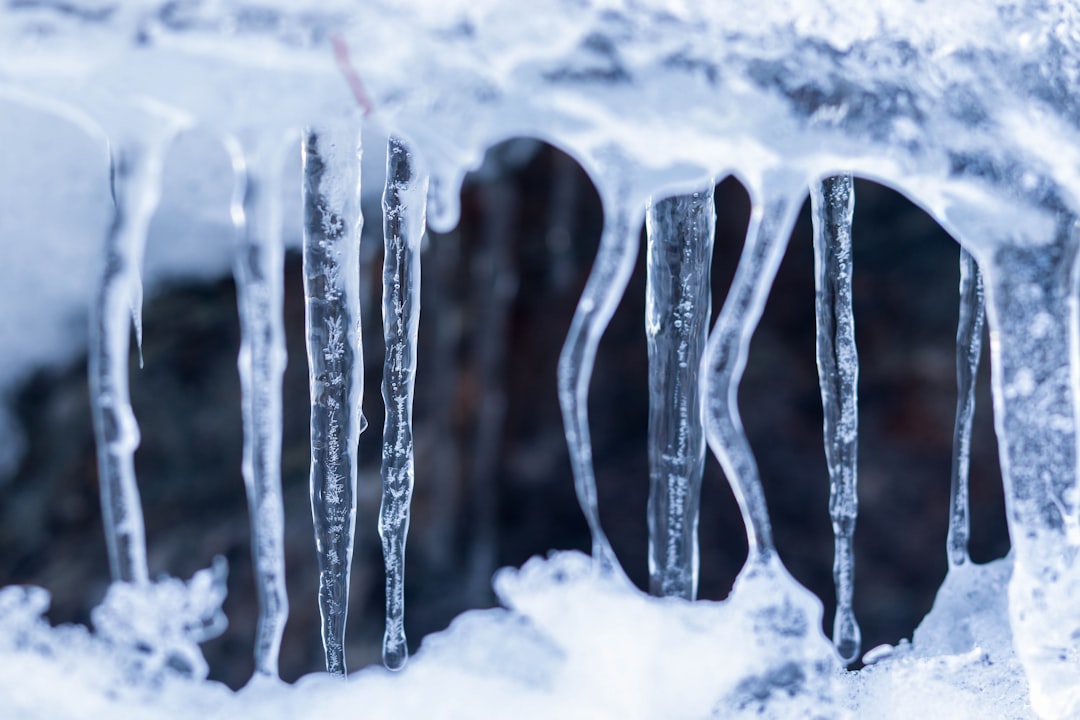Winter’s harsh conditions can wreak havoc on building materials. Ice, snow, and freezing temperatures pose significant challenges, demanding durability and resilience from any exposed structure. Galvanized steel, with its protective zinc coating, is often a preferred choice in cold climates. But how well does it truly perform? This comprehensive guide delves into the performance characteristics of galvanized products in freezing temperatures, exploring both their strengths and limitations.
Unwavering Corrosion Resistance in Freezing Temperatures
One of the primary benefits of galvanization is its exceptional corrosion resistance. The zinc coating acts as a sacrificial anode, protecting the underlying steel from rust and deterioration. This protection is crucial in cold climates where de-icing salts, prevalent on roads and pavements, can accelerate corrosion. While the zinc layer itself might experience some minor surface changes in extreme cold, the underlying steel remains largely untouched, ensuring long-term structural integrity. The zinc’s ability to withstand freezing and thawing cycles without significant degradation makes it an ideal choice for outdoor applications exposed to harsh winter elements. However, it’s important to note that the thickness of the zinc coating influences its longevity. Heavier coatings provide more substantial protection against prolonged exposure to corrosive environments.
The Impact of Snow and Ice Accumulation on Galvanized Structures
The weight of accumulated snow and ice can significantly stress structures. Galvanized steel, due to its inherent strength, generally handles this load effectively. However, the design and construction of the structure are equally crucial. Proper drainage systems are essential to prevent water from accumulating and freezing, creating additional stress points. While the galvanized coating doesn’t directly prevent ice formation, its durability ensures that the underlying steel remains strong enough to support the added weight. Regular snow removal is still recommended to minimize potential strain and prevent damage, regardless of the material used.
Addressing Thermal Bridging in Cold Climate Construction
Thermal bridging refers to the transfer of heat through conductive materials. In cold climates, this can lead to heat loss and increased energy costs. Galvanized steel, being a relatively conductive material, can contribute to thermal bridging if not properly insulated. Therefore, careful consideration should be given to insulation techniques when using galvanized products in cold climate construction. Proper insulation minimizes heat transfer, ensuring optimal energy efficiency and preventing potential condensation issues that can accelerate corrosion in less protected areas.
Maintaining Galvanized Products in Sub-Zero Temperatures
While galvanized steel is highly durable, proper maintenance can extend its lifespan even further, especially in extreme cold. Regular inspections for any signs of damage or corrosion are crucial. While the zinc coating provides excellent protection, minor scratches or abrasions can expose the underlying steel, making it vulnerable to rust. Addressing such issues promptly is vital. In extremely cold climates, using appropriate cleaning methods that won’t damage the zinc coating is also important. Avoid harsh chemicals that can degrade the protective layer. Simple cleaning with water and a soft brush is often sufficient.
Choosing the Right Galvanized Product for Your Cold Climate Project
The selection of the appropriate galvanized product depends on the specific application. Factors to consider include the thickness of the zinc coating, the steel grade, and the intended use. For high-stress applications or those exposed to particularly aggressive environments, heavier coatings and higher-grade steel are recommended. Consulting with a materials specialist can help in selecting the optimal galvanized product to meet the specific demands of your project in a cold climate. Remember to consider factors like anticipated snow load, wind exposure, and the presence of de-icing salts when making your selection.
In conclusion, galvanized steel offers excellent performance in cold climates due to its inherent strength and exceptional corrosion resistance. However, understanding its limitations regarding thermal bridging and the importance of proper maintenance and material selection is crucial for maximizing its lifespan and ensuring optimal performance in freezing temperatures. By carefully considering these factors, you can confidently utilize galvanized products in your cold climate projects.
SEO Tags: Galvanized steel, cold climate, corrosion resistance, winter construction, thermal bridging, snow load, de-icing salts




